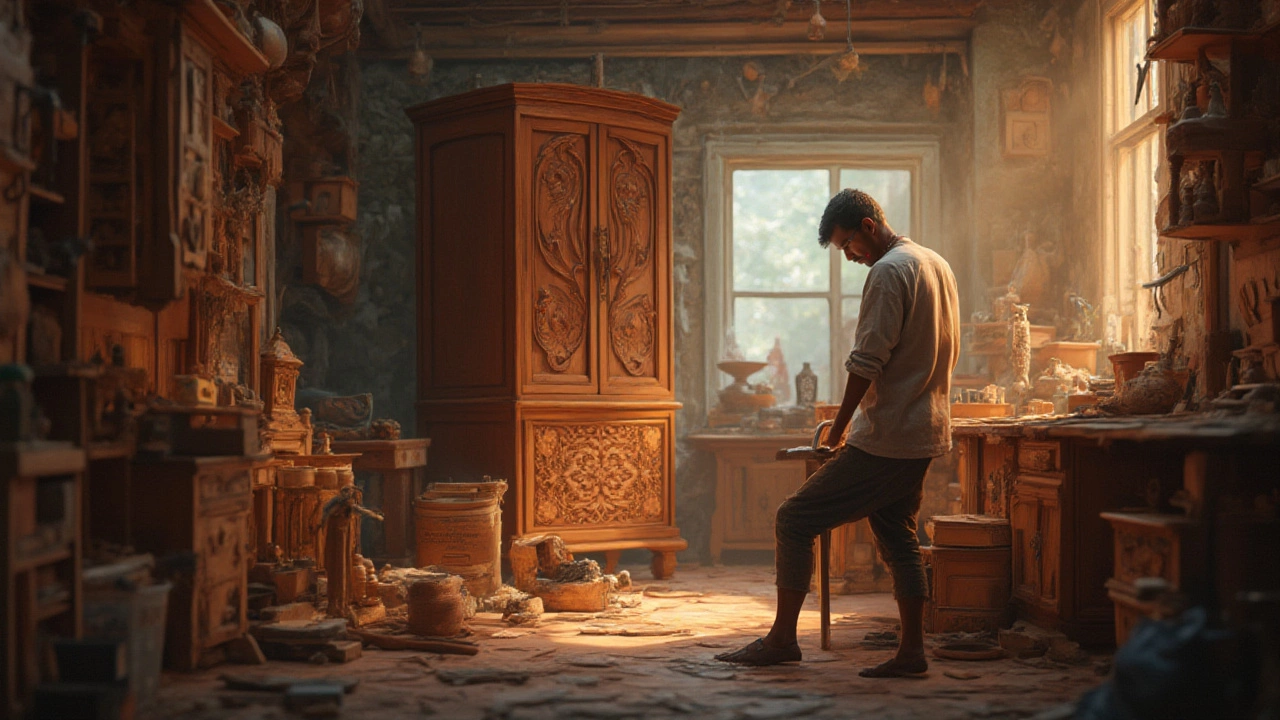Wardrobe Prices: What to Expect and How to Save
Buying a wardrobe can feel like a gamble—will it fit the room, match your style, and stay within budget? The good news is that wardrobe prices are far from mysterious. By understanding the main cost drivers, you can pinpoint a realistic budget and still get a piece you love.
What Determines the Cost of a Wardrobe?
First off, material matters. Solid‑wood wardrobes (like oak or walnut) command higher prices because the wood is dense, durable, and often finished by hand. Engineered wood or MDF is lighter on the wallet but can look just as sleek if painted or laminated correctly.
Size is the next big factor. A compact wardrobe for a dorm room will cost a fraction of a floor‑to‑ceiling custom unit. Measure your space carefully; a few extra inches can push you into the next size category and add $200‑$500 to the bill.
Design features also add up. Sliding doors, built‑in lighting, adjustable shelves, and soft‑close drawers are all upgrades that increase the price tag. If you don’t need those bells and whistles, you can shave off a lot of cost.
Typical Price Ranges You’ll See
Ready‑made wardrobes from big‑box stores usually fall between $300 and $1,200. You’ll find basic two‑door units at the lower end and larger, mirrored options near the top.
Mid‑range brands that offer better wood quality and more finish options typically charge $1,200 to $3,000. These often include customizable interiors, so you can add hanging rods, shoe racks, or pull‑out drawers.
High‑end custom wardrobes can start around $3,000 and climb well beyond $10,000 for premium wood, intricate hardware, and bespoke design. While the price sounds steep, a well‑planned custom wardrobe can last generations and boost the resale value of your home.
If you’re on a tight budget, consider second‑hand wardrobes on local marketplaces. A gently used solid‑wood piece can cost 30‑50% less than a brand‑new model, and a quick re‑paint or new hardware can make it feel brand new.
Tips to Keep Your Wardrobe Costs Down
1. **Buy off‑season.** Stores often discount furniture after the holidays or during summer sales. Keep an eye on clearance sections.
2. **Flat‑pack it yourself.** Flat‑pack wardrobes from retailers like IKEA require assembly, but the savings—sometimes up to 40%—are worth the effort.
3. **Mix and match.** Combine a ready‑made wardrobe for the main storage with a few open shelves or a free‑standing rack for accessories. This creates a curated look without the full price of a high‑end unit.
4. **Ask for discounts on extras.** If you need lighting or additional shelves, ask the retailer if they can bundle those items at a reduced rate.
5. **Think long term.** A slightly higher upfront cost for solid wood or a better finish can reduce replacement expenses down the road.
By focusing on what you truly need—material, size, and essential features—you can navigate wardrobe prices with confidence. Whether you opt for a budget-friendly flat‑pack or a custom-built masterpiece, the right approach will keep your money where it belongs: in your pocket, not on unnecessary extras.
Why Are Wardrobes So Expensive? The Real Reasons Behind High Wardrobe Prices
Ever wonder why wardrobes are so expensive? Learn what drives up the price of wardrobes, from craftsmanship and materials to hidden costs you never thought about.





